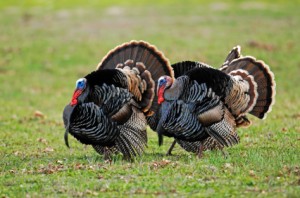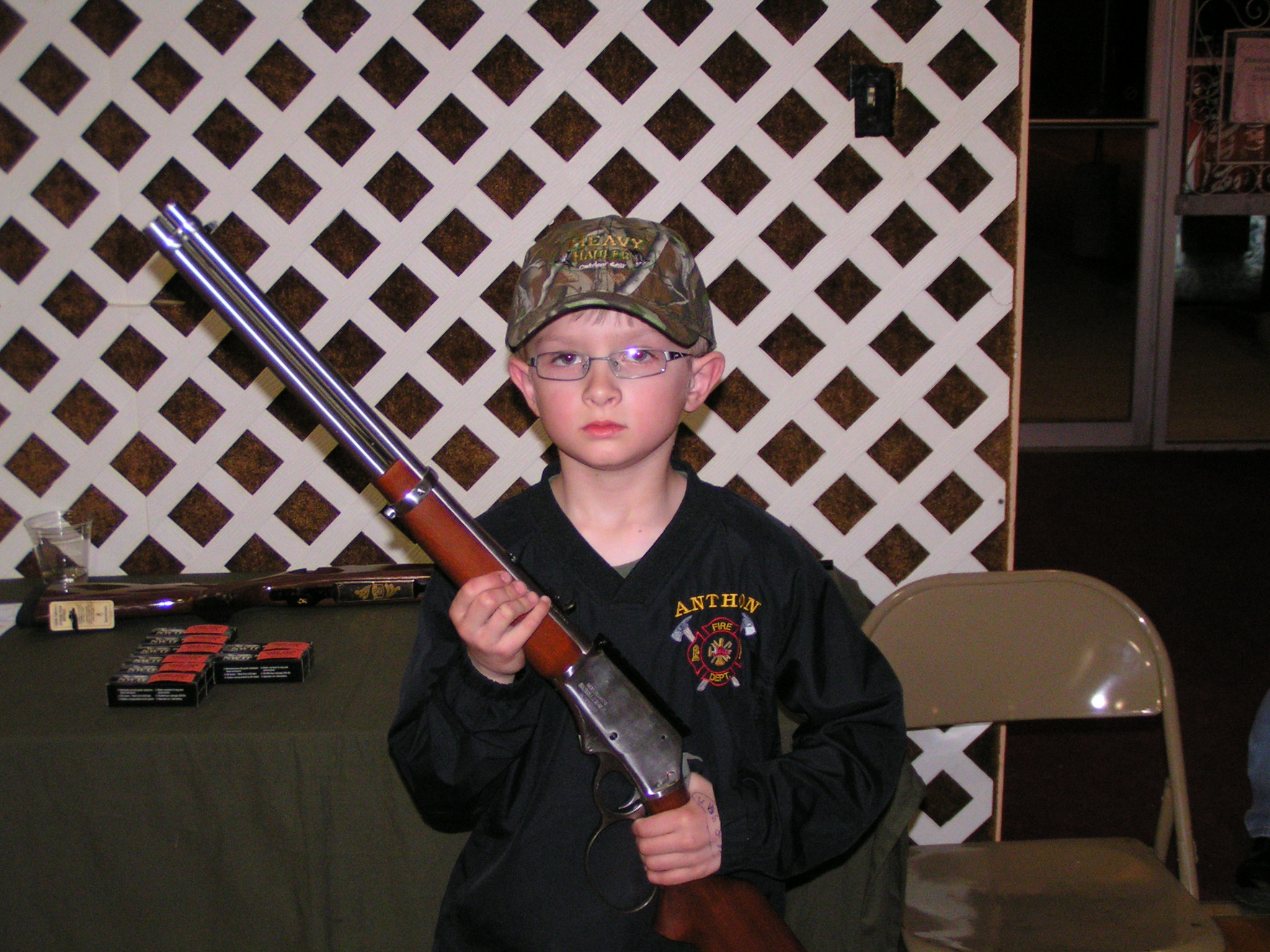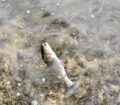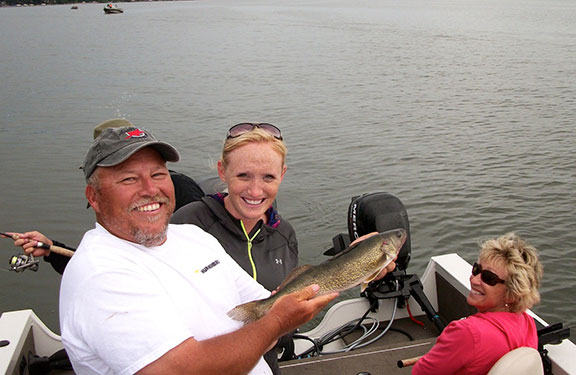 By John Hackett:
By John Hackett:
Iowa’s 2013 spring turkey season kicked off this weekend with the youth season. I know, the season kind of snuck up on me too! If you’re like me you are a world class procrastinator when it comes to scouting, I haven’t done any of it yet. This is O.K., I suppose, if you go to the same spot every year. But again, if you are like me I go to the same place as last year only to find one of the other 45,000 Iowa turkey hunters nestled nicely into my spot.
You have no other recourse but to scout out another spot to hunt. Scouting for new hunting spots just before the season starts, or during the season when you get invaded by other hunters can be difficult at best. You don’t really have enough time during the short seasons to do a traditional style of scouting. You know traditional stuff like actually walking through an area looking for signs, or the physical presence of turkeys.
The biggest problem with traditional scouting is that if you happen to spook a Tom. Chances are you may never see him again in that area during the season. Studies have shown that turkeys have been known to leave an area and go to a secondary “safe zone” for them once they feel pressured by human contact. Depending on the bird they may stay removed from the area you just scouted for several weeks, or more, before they feel safe enough to return.
What I have devised in the past is what I like to call “lazy man” scouting. I suppose “lazy man” might be a bit harsh, since I’m really not all that lazy when it comes to doing this, I just seem to never get around to it like I should. A better term might be “speed scouting”, or possibly “scouting from afar”. It’s a fairly easy system and has worked very well for me in the past when I needed to change locations mid-season.
The first obstacle is finding a new place to actually hunt fast enough. I like to utilize modern technology for this. The Iowa DNR interactive mapping page located on the web at http://programs.iowadnr.gov/ims/website/basic/viewer.htm is a great tool! It not only has the entire state mapped with aerial imagery, but also has the perimeters of all the public hunting ground mapped. You can look at the map and see if the area actually has turkey habitat on it without stepping one foot onto the property. Even if you are seeking out private property to hunt the map is a great tool. You can get a look at what’s over that hill before approaching a land owner for permission. Nothing is more disheartening as getting permission to hunt a spot that looks great from the road, only to find out that you will be hunting a barren waste land!
Next you want to physically scout the area. But again, try to avoid walking into the area if at all possible. I like to scout from “afar”. I like to keep my vehicle on the road if at all possible and listen in the early morning for gobbling. When turkeys see a vehicle on the road it doesn’t seem to bother them that much. After all they are used to seeing them there. The same for latter in the day, stay on the road and scan the surrounding fields for the presence of feeding or strutting turkeys. I like to do this type of scouting from as far away from the area as possible. If an area can’t be seem from the road, I like to get on the top of the next hilltop and scan the area through binoculars. An evening trip to the area can be just as successful. You can spot turkeys feeding in the fields, and watching the hilltops for birds going to the roost.
Once I determine that a particular area is where I want to hunt, I return to the aerial map to select the exact location I want to set up. You do have to rely quite a bit on your knowledge of turkey habits to pull this off successfully though. Study the map for the relationship of possible roost trees, travel corridors, strutting and feeding areas, and have a couple of spots in mind. In reality your first spot may not look quite so good once you get in there. But if you have a backup spot in mind you can quickly switch positions. The key is to minimize aimlessly staggering though the woods looking for a spot.
The “lazy man” style of scouting will never be as good as traditional scouting of an area, but it can provide huge dividends when in a pinch. At the least this system can narrow down potential areas before you spend a lot of time physically scouting them also.

















